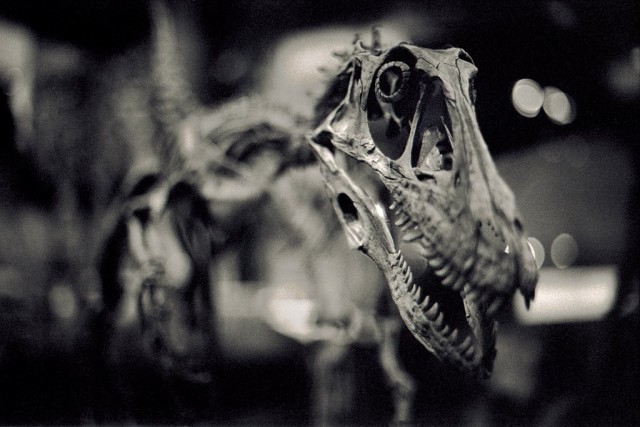Dino-killing asteroid also triggered mind-blowing submarine landslides
Ars Technica » Scientific Method 2013-07-10
Try as we might, it’s difficult to imagine what it must have been like when the asteroid that ended the reign of the dinosaurs crashed into the Earth just off the modern-day Yucatán Peninsula. Clearly, it wasn’t pleasant, given the number of species that didn’t live through it. Unfathomable shockwaves would have ripped outward from the impact site, followed by widespread fires. Ash and dust blocked out the Sun and fell as a deadly blanket. The massive influx of carbon dioxide to the atmosphere then set off intense warming. It’s the kind of stuff that requires you to take the word “awesome” back from surfers so that you can use it for describing things that would make you wet your pants.
Thanks to a recent paper in Geology, you can add another jaw-dropper to that list: huge volumes of sediment along the entire northern slope of the Gulf of Mexico became destabilized and slid down into the ocean basin. And that’s only part of the story.
The researchers had reason to expect there would be undersea landslides (more on that in a bit), so they took advantage of publicly available data from 33 deep wells drilled by the oil and gas industry in the Gulf of Mexico. They combined that information with seismic images of the region—which are a bit like sonar maps of the seafloor, except that they penetrate deep into the Earth, showing layers of sediment and rock.
Read 5 remaining paragraphs | Comments





